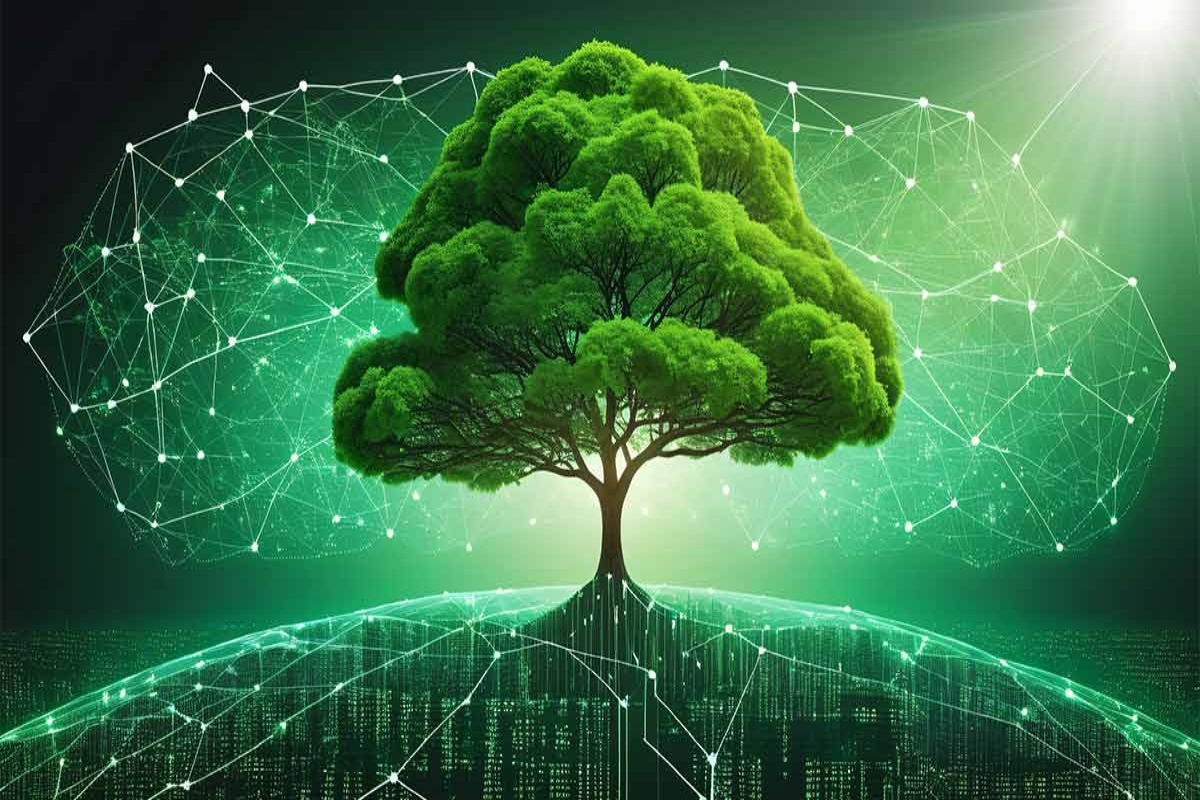In our increasingly digital world, where communication and information sharing are at the heart of every interaction, Natural Language Processing (NLP) stands as a cornerstone of innovation. From smart assistants like Siri and Alexa to real-time language translation and sentiment analysis in social media, NLP plays a crucial role in bridging the gap between human language and computer understanding.
In this comprehensive blog, we’ll dive deep into the basics of Natural Language Processing—what it is, why it matters, how it works, and the key techniques and applications that are shaping the future of this exciting field.
What is Natural Language Processing?
Natural Language Processing (NLP) is a subfield of artificial intelligence (AI) that enables computers to understand, interpret, and generate human language. It combines computational linguistics—rule-based modeling of human language—with machine learning, deep learning, and statistical models.
The goal of NLP is to create systems that can understand language in a way that is meaningful and useful. This involves not only understanding the literal meanings of words but also context, sentiment, intent, and nuance.
Why is NLP Important?
Language is the most natural form of communication for humans. Computers, however, operate in binary. NLP bridges this vast divide, making it possible for machines to understand human input and respond appropriately. Here’s why NLP is essential:
- Enables Human-Computer Interaction: NLP is the foundation of conversational agents, virtual assistants, and chatbots.
- Automates Text-Based Tasks: It automates tasks like summarization, categorization, and translation.
- Extracts Valuable Insights: Businesses can use NLP to analyze customer feedback, social media sentiment, and online reviews.
- Enhances Accessibility: NLP-powered applications like speech-to-text and text-to-speech help people with disabilities access digital content.
Key Components of NLP
NLP is composed of several layers and processes that work together to analyze and generate language:
1. Text Preprocessing
Before a machine can understand language, the text must be cleaned and formatted. Common preprocessing steps include:
- Tokenization: Splitting text into individual words or sentences.
- Stop Word Removal: Removing common words (e.g., “the”, “is”) that don’t add significant meaning.
- Stemming and Lemmatization: Reducing words to their root form.
- Lowercasing and Punctuation Removal: Standardizing the format for better analysis.
2. Syntax and Parsing
This involves analyzing the grammatical structure of a sentence:
- Part-of-Speech Tagging: Identifying nouns, verbs, adjectives, etc.
- Dependency Parsing: Understanding the relationships between words in a sentence.
3. Semantic Analysis
Semantic processing focuses on the meaning of the text:
- Named Entity Recognition (NER): Identifying entities like names, dates, and locations.
- Word Sense Disambiguation: Determining the meaning of a word based on context.
- Sentiment Analysis: Evaluating whether a piece of text expresses positive, negative, or neutral sentiment.
4. Discourse Integration
This involves understanding the meaning of sentences in relation to each other. For example, resolving pronouns like “he” or “it” requires context from previous sentences.
5. Pragmatics
This layer interprets language based on context, user intent, and the situation in which communication occurs.
Techniques Used in NLP
Modern NLP relies on a mix of traditional rule-based methods and advanced machine learning. Some commonly used techniques include:
1. Bag-of-Words (BoW)
A simple model that represents text by the frequency of words, disregarding grammar and word order.
2. TF-IDF (Term Frequency-Inverse Document Frequency)
A more sophisticated approach that highlights important words in a document relative to a larger corpus.
3. Word Embeddings
These are vector representations of words that capture semantic meaning. Popular models include Word2Vec, GloVe, and FastText.
4. Language Models
These models predict the next word in a sequence. Traditional models include N-grams, while newer models use deep learning:
- RNNs and LSTMs: Useful for sequence data, but limited in handling long-term dependencies.
- Transformers: Revolutionized NLP with models like BERT, GPT, and T5. They use attention mechanisms to process entire sentences at once.
Real-World Applications of NLP
NLP is already integrated into many technologies we use daily. Some notable applications include:
1. Chatbots and Virtual Assistants
Virtual assistants like Google Assistant and Amazon Alexa rely on NLP to understand and respond to voice commands.
2. Machine Translation
Services like Google Translate use NLP to translate text between languages in real time.
3. Spam Detection
Email services use NLP algorithms to detect and filter out spam messages.
4. Text Summarization
NLP can generate concise summaries of long articles, aiding in information consumption.
5. Sentiment Analysis
Brands use NLP to gauge customer sentiment on social media and in reviews.
6. Speech Recognition
NLP converts spoken language into written text, powering tools like transcription software.
Challenges in NLP
Despite its advancements, NLP still faces several challenges:
- Ambiguity: Words and sentences can have multiple meanings.
- Sarcasm and Irony: These are difficult for machines to detect.
- Cultural Nuances: Language varies significantly across regions and cultures.
- Context Understanding: Machines often struggle with understanding long-term context in conversations.
The Future of NLP
The future of NLP is bright, with continuous advancements in AI and computing power. Emerging trends include:
- Multilingual Models: Models like mBERT and XLM-R aim to understand multiple languages.
- Conversational AI: More natural and human-like interactions in chatbots and assistants.
- Low-Resource Language Processing: Expanding NLP capabilities to underrepresented languages.
- Ethical NLP: Addressing biases in language models and promoting fairness and inclusivity.
Conclusio
Natural Language Processing is a dynamic and transformative field that continues to redefine how humans interact with machines. By enabling computers to understand and generate human language, NLP empowers a wide range of applications across industries. Whether it’s improving customer service, automating content moderation, or advancing accessibility, the potential of NLP is boundless.
As we move forward, understanding the basics of NLP is not just valuable for developers and data scientists, but for anyone interested in the future of technology and communication.

